Comparison of Flavor characteristics of Rosa Coffee among Golden Standard, Red Standard and CHAKA Chaka in Ruoxia Village
Professional coffee knowledge exchange more coffee bean information please follow the coffee workshop (Wechat official account cafe_style)
Recently, we have entered a batch of beans from Ruoxia Village, which are gold standard, red mark and CHAKA batches respectively. The editor is a little curious, what is the difference between several beans that are also from Ruoxia Village? So today, the editor will compare the differences between these beans.
| | Ruoxia Village |
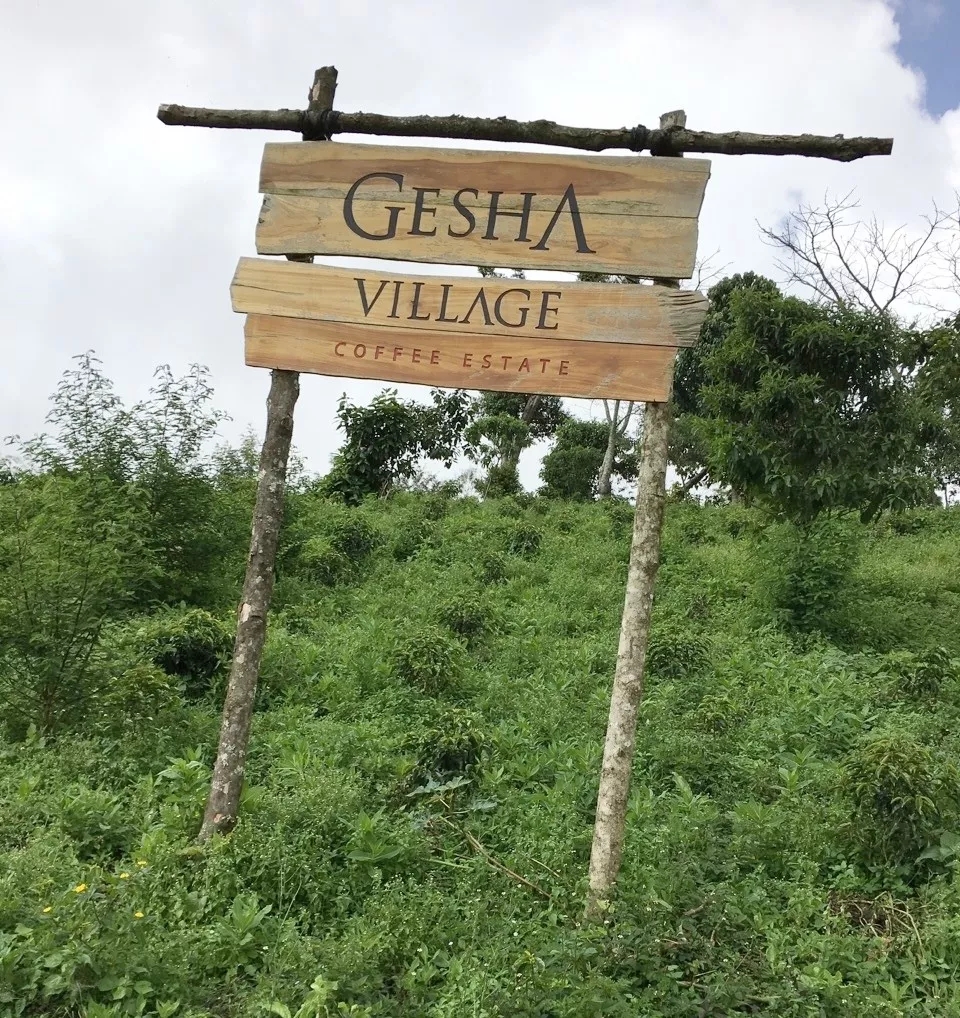
In 2007, documentary director Adam Overton and photographer wife Rachel Samuel came into contact with the Gera Coffee Forest in the Banchi Maji region while shooting a documentary about Ethiopian coffee for the Ethiopian government, and in the process they came up with the idea of building their own coffee estate and brand.
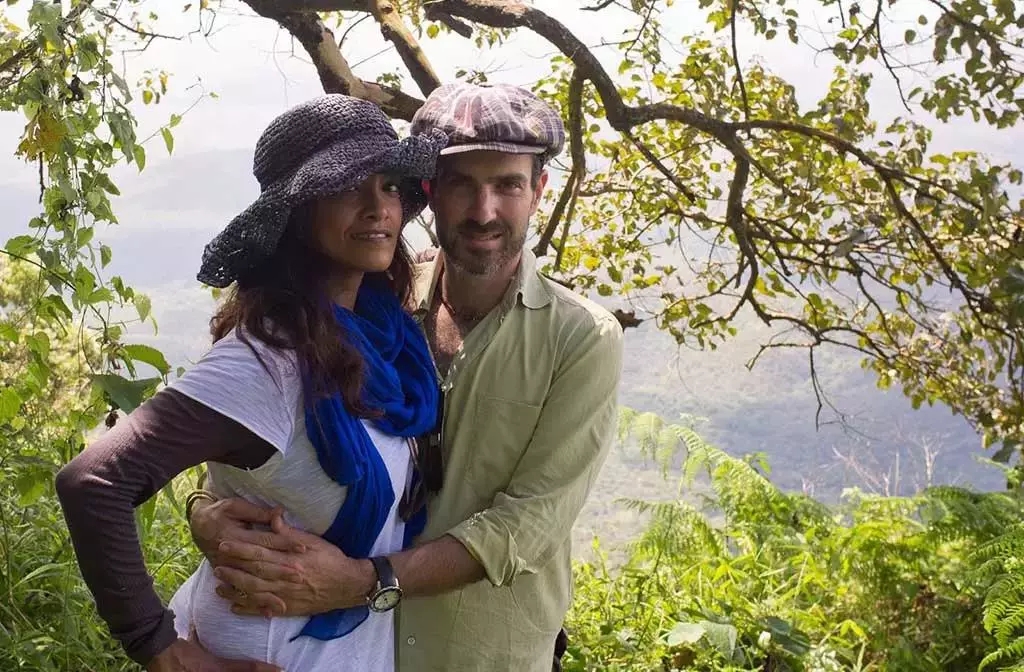
In 2009, they were lucky enough to meet the famous mule owner and BOP judge Willem Boot, and Willem Boot's idea provided an opportunity for the Overton couple to return to Ethiopia to find the birthplace of Rose Summer.
Finally they came to Banchi Magi, an area in southwestern Ethiopia near South Sudan, where many places are known as the village of Gesha and where primitive roses are most likely to be found.
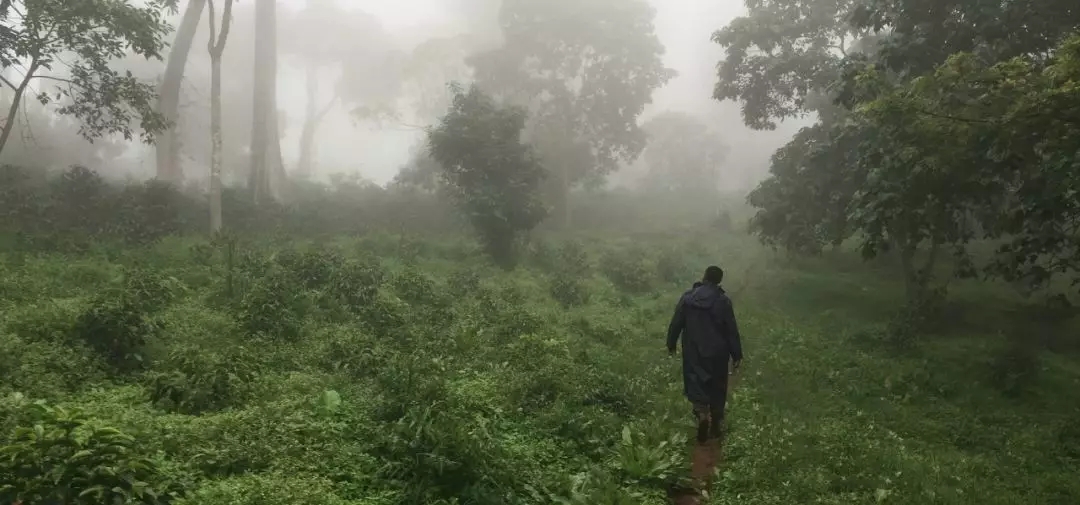
Adam followed WillemBoot on an adventure in the forest around the manor. In a jungle magically surrounded by a thick forest, he found a variety of wild tree species, and what surprised them most was to find the wild rose summer.
Later they learned that this was the place where the rose species were first found in the Gori Gesha forest. So they collected seeds from native rose trees, screened them, and planted them in Rosa Village. They decided to build the estate here and name it Gesha Village Coffee Estate, a 475-hectare coffee farm about 12 miles from the Gori Gesha Forest.
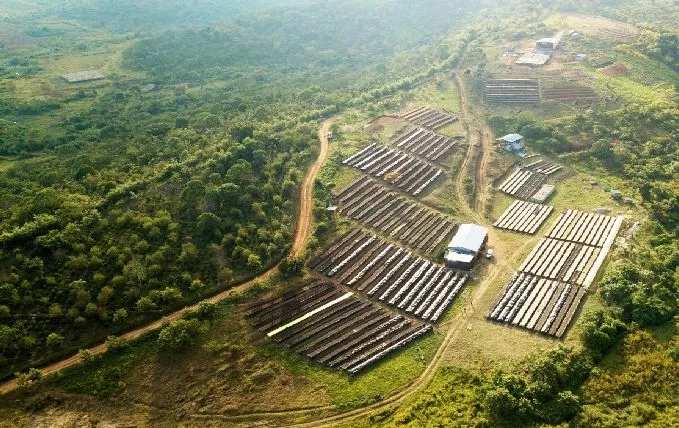
Unlike most Ethiopian farms, Guixia Village is not a small farm, but a 500-hectare farm with its own washing plant and laboratory, and the whole farm only grows Rosa varieties. It is not generally impossible to determine specific varieties of Ethiopian native species.
Rosa Village divides the farm into eight blocks and grows three main Rosa varieties, whose seeds are collected from nearby forests, not from Panama.
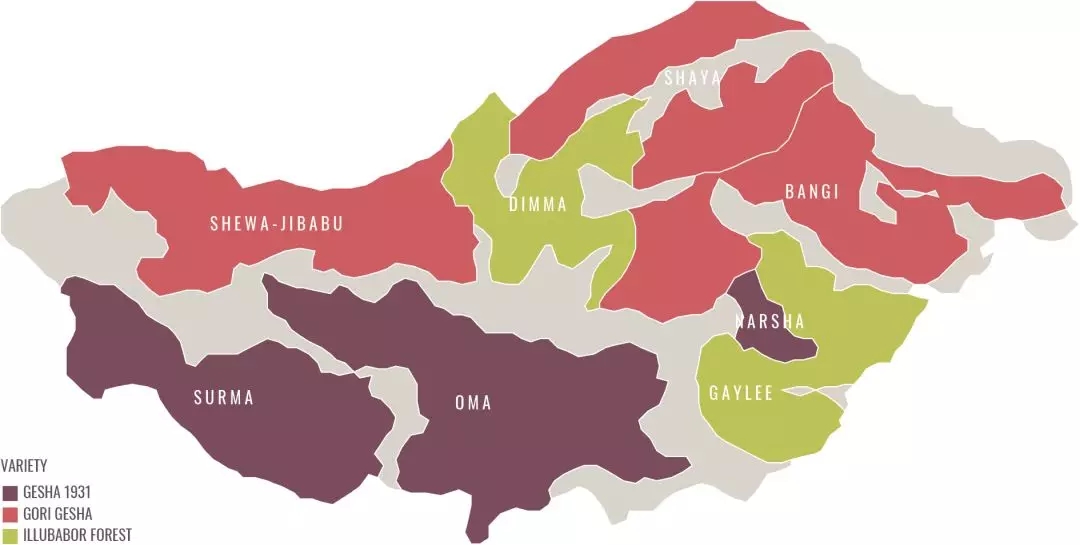
There is a strict grading system in Guoxia Village, which is competitive bidding, gold bid, red bid, green bid and CHAKA batches. And the beans I want to compare today are the gold mark, red mark and CHAKA batch!
[gold standard]
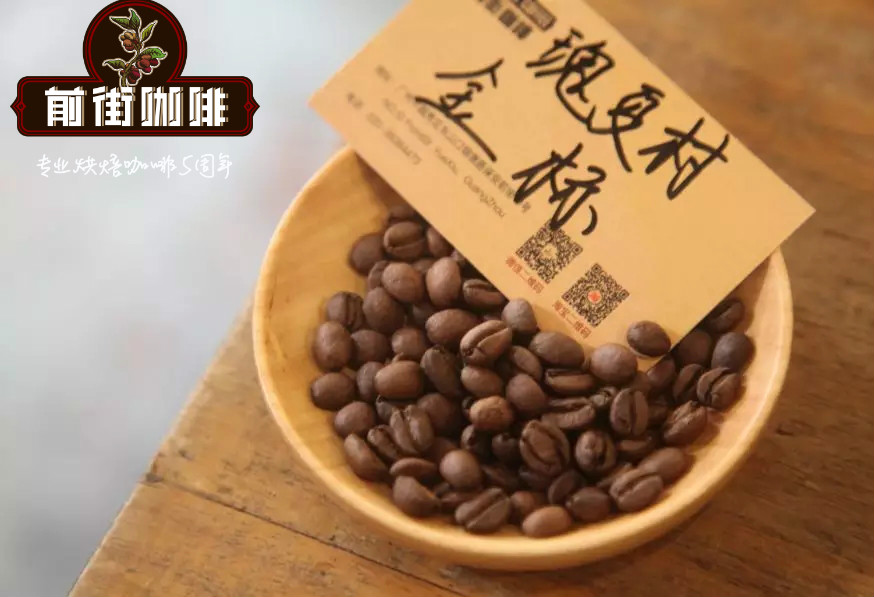
Jinbiao accounts for only 5% of the annual output of Ruoxia Village, which can be said to be of the same level as the bidding batch. The batches that contestants from all over the world usually choose, such as the WBC World Championship held in the Netherlands in 2018. The Australian and Japanese champions choose the gold standard batch to compete.
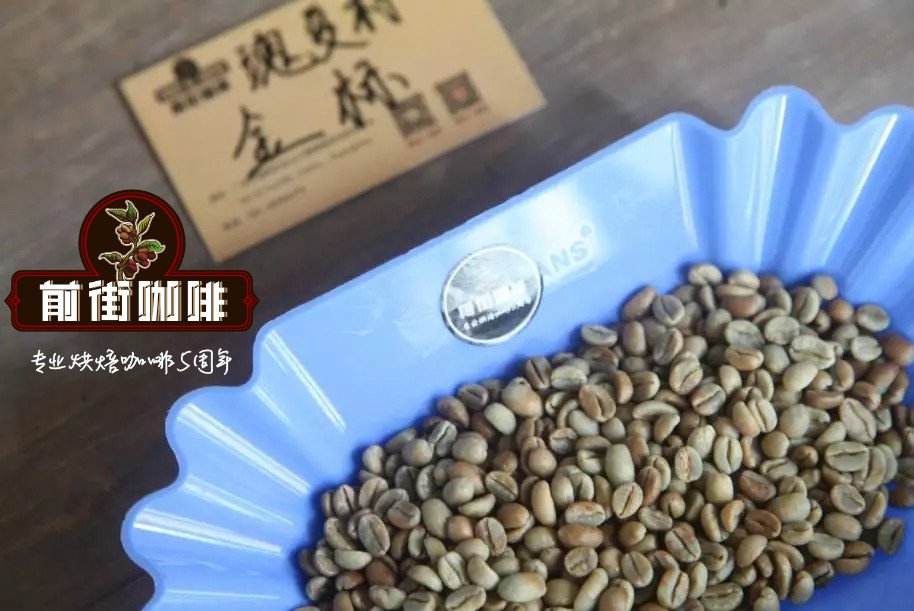
Bakers with high requirements for quality will also purchase, with complete traceability, outstanding flavor and high complexity of each batch, which is the best grade of the manor second only to competitive bidding.
[red mark]
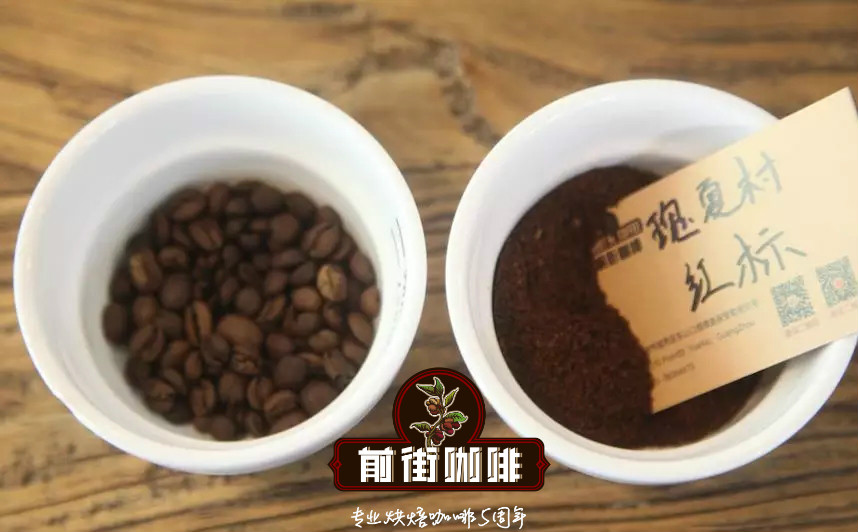
The batch with complete traceability has the typical flavor of Rosa Village, the flavor intensity and complexity are slightly weaker than the gold standard batch, and it is a single batch with high performance-to-price ratio.
[CHAKA]
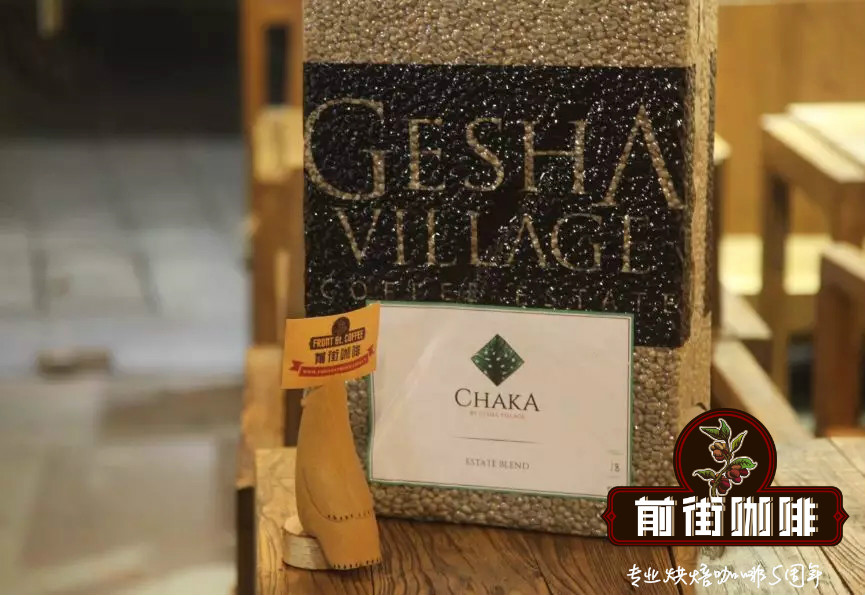
This is a blend of Rosa Coffee produced by Ruoxia Village, which includes three varieties, namely, Gori Gesha, Gesha 1931 (Gesha 1931) and Illubabor (Essel original disease-resistant variety).
| | handling method |
Gold standard, red standard and CHAKA are all treated by the sun.
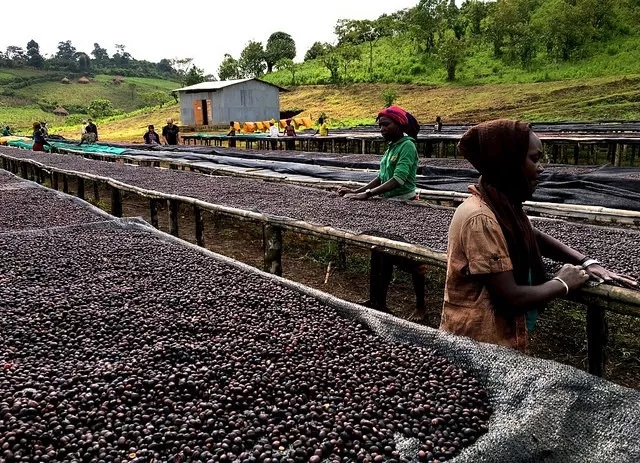
First remove the floating impurities, and then cover the sun with a thin layer of plastic sheeting on the African-style elevated scaffolding. when drying with a tanning bed, they will be screened again to select worm-eaten beans and coffee beans that are green in color. The total drying time is 18-30 days.
| | comparison between raw beans and baking |
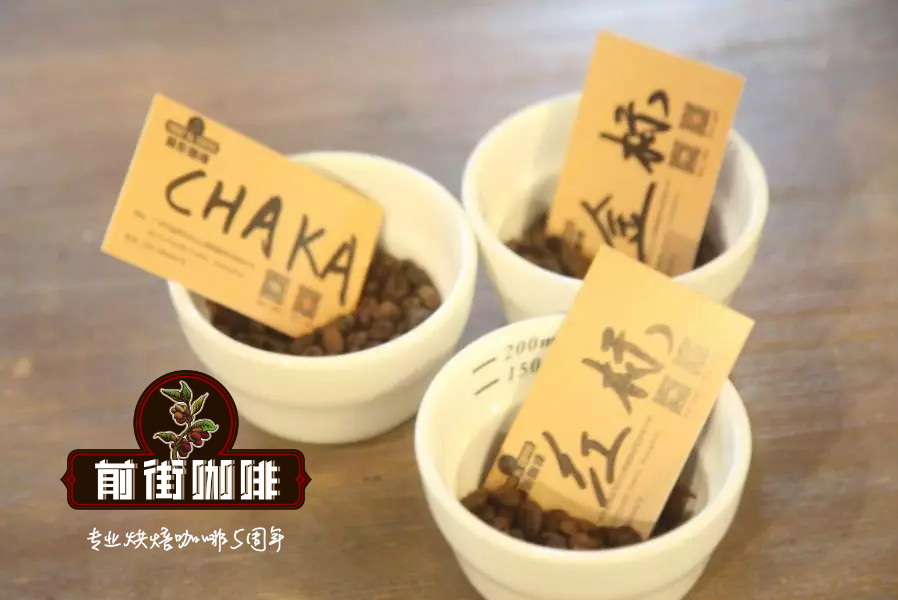
The varieties of Golden Standard and Red Standard are all Gorixia, while CHAKA is composed of Gorixia, Rosa 1931 and Illubabor.
[gold standard]
(baking capacity 300g)
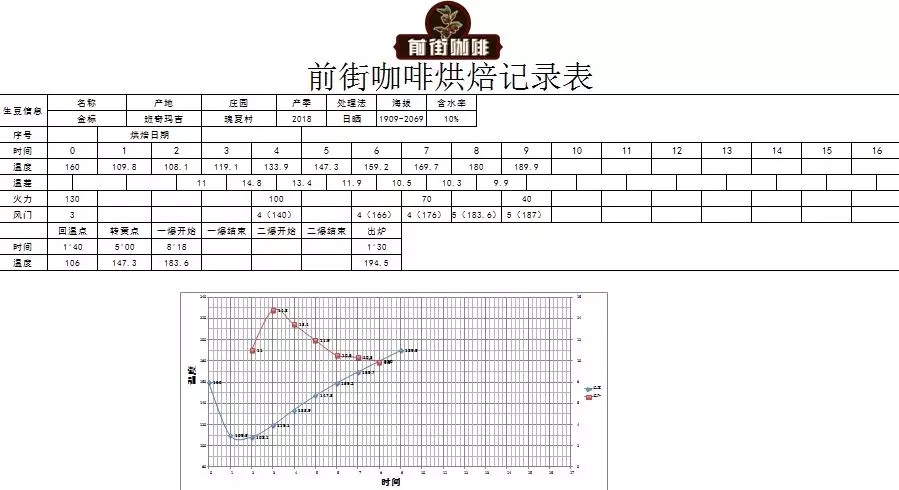
Enter the bean temperature 160, turn yellow point for 6 minutes, the explosion starts at 8:18, the temperature is 183.6, the explosion development comes out at 1:30, the temperature is 194.5 degrees.
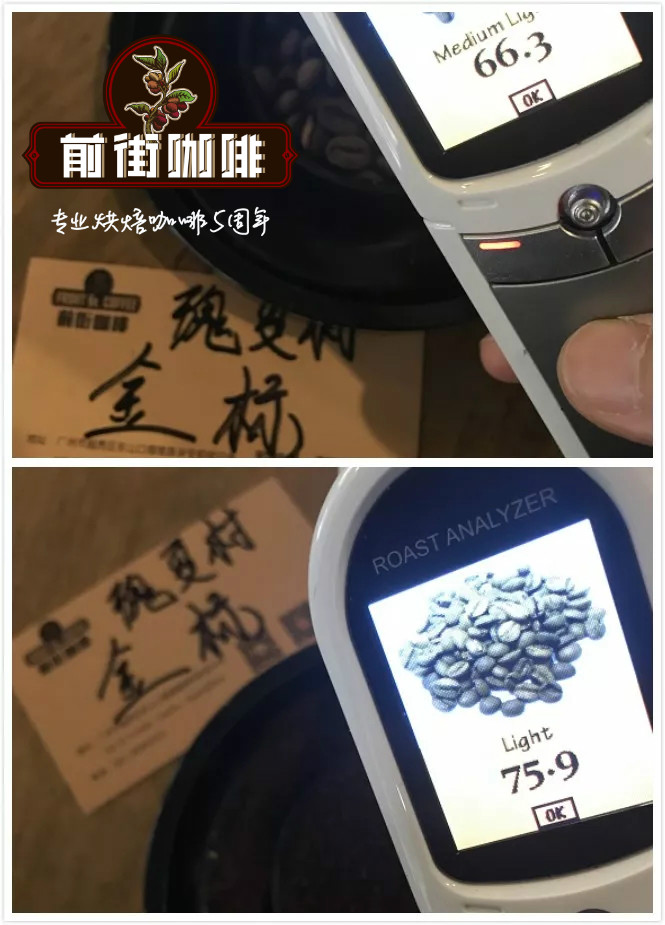
Agtron bean color value is 66.3 (above), Agtron pink value is 75.9 (bottom), RoastDelta value is 9.6.
[red mark]
(baking capacity 300g)
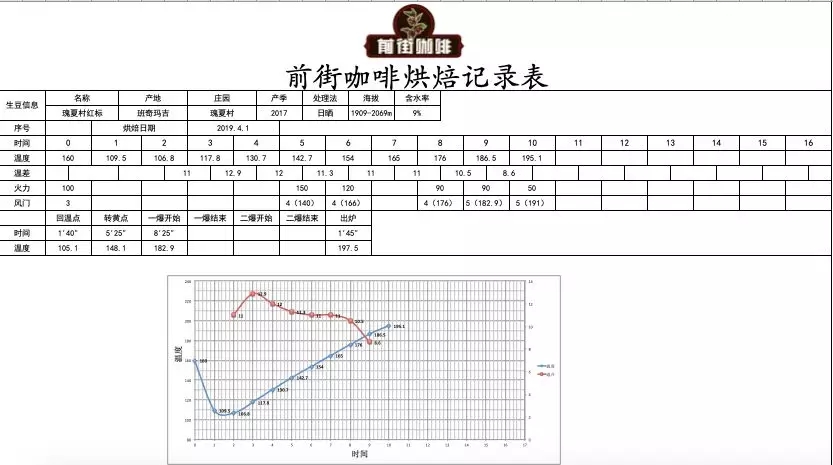
The temperature of the bean is 160,160 and the yellowing point is 5:25. The explosion starts at 8:25, the temperature is 182.9, the development of the explosion comes out at 1:45, the temperature is 197.5 degrees.
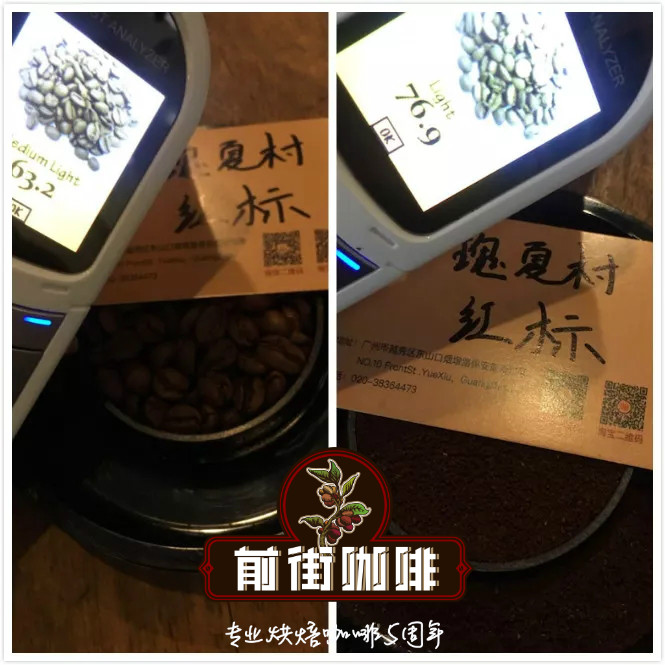
Agtron bean color value is 63.2 (left), Agtron pink value is 76.9 (right), RoastDelta value is 13.7.
[CHAKA]
(baking capacity 550g)
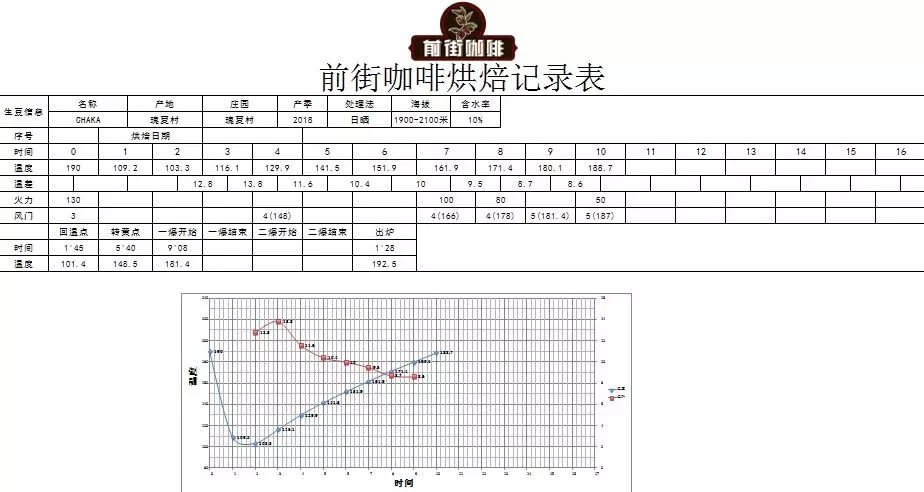
The temperature of the bean is 190, the yellow point is 5:40, the explosion starts at 9:08, the temperature is 181.4, the development of the explosion comes out at 1:28, the temperature is 192.5 degrees.
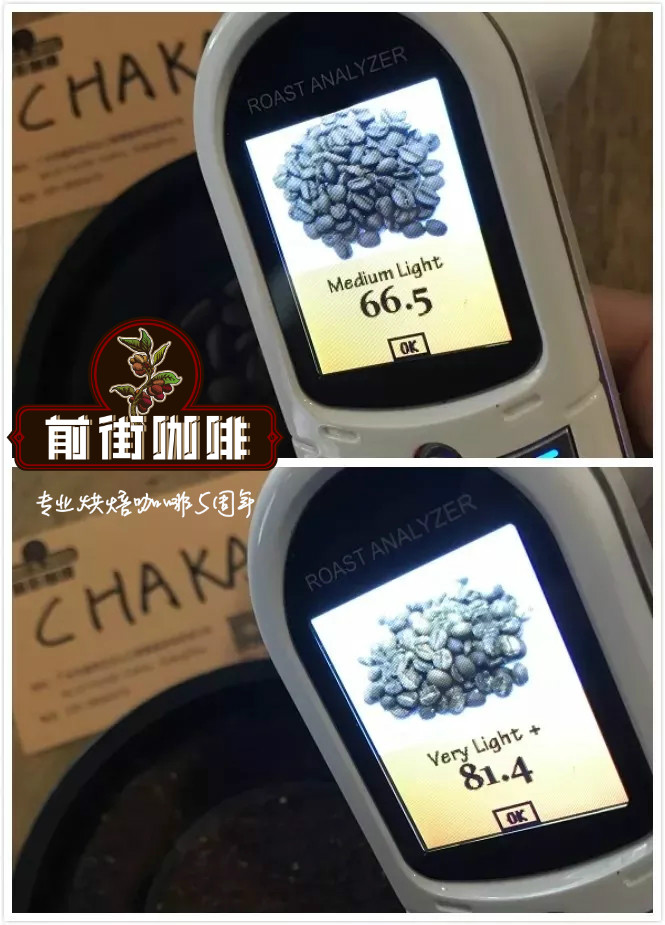
Agtron bean color value is 66.5 (above), Agtron pink value is 81.4 (bottom), Roast Delta value is 14.9.
| Flavor comparison
* Cup test
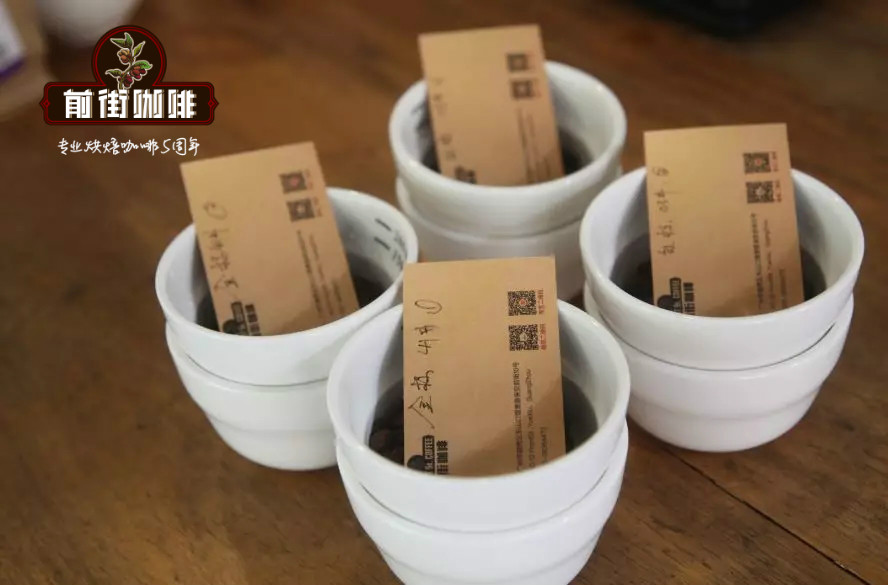

* hand punch
Let's try each pot by hand. The water temperature is 90 ℃, the grindness is BG-5R (the pass rate of Chinese standard 20 sieve is 58%), the ratio of powder to water is 1:15, and the extraction is by stages.
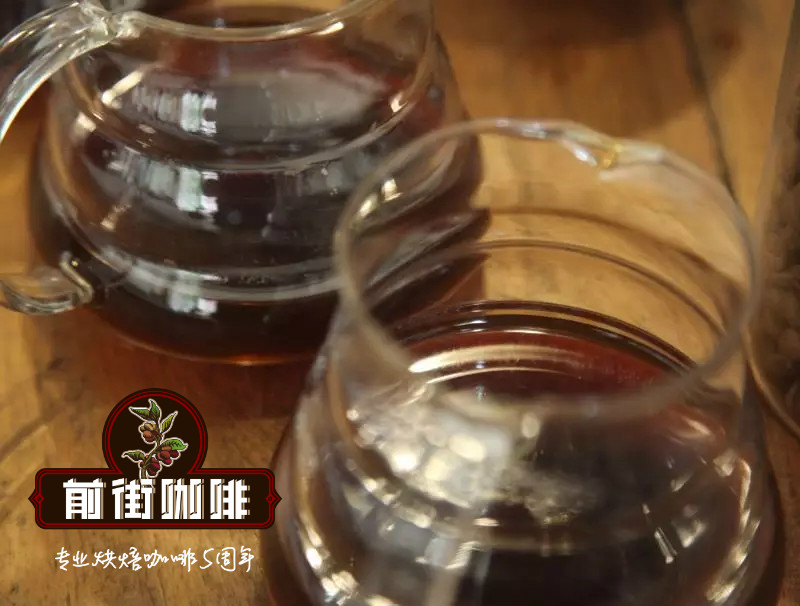
[Golden Standard] it smells of fermented wine, with soft acidity of citrus and strawberries on the palate, nutty, creamy sweetness and sugar in the middle, strawberry jam and lemon aromas when the temperature drops.
[red mark] there are coconut, licorice, cream, chocolate, toffee, citrus, almonds, strawberries, which smell fermented. The overall flavor is more balanced, the taste is mellow, and the nut flavor is more prominent.
[CHAKA] it smells slightly fermented, with sour notes of citrus and grapefruit, with creamy, chocolate and caramel flavors.
END
Important Notice :
前街咖啡 FrontStreet Coffee has moved to new addredd:
FrontStreet Coffee Address: 315,Donghua East Road,GuangZhou
Tel:020 38364473
- Prev
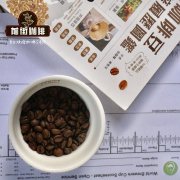
Costa Rican Coffee History _ introduction to the Flavor of Costa Rican Organic Coffee cultivation
For more information about coffee beans, please follow the Coffee Workshop (Wechat official account cafe_style) Educardo Matos History Costa Rica is a country next to Panama, located in the central United States, as a bridge between the North and the South, its location makes it a trading hub for aborigines. When outsiders arrive from the old world,
- Next
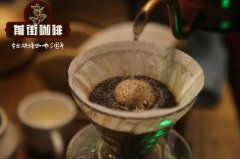
Flavor characteristics of Ethiopian Bancimaji Coffee introduction to the planting method of Ethiopian Coffee
Professional coffee knowledge exchange more coffee bean information please follow the coffee workshop (Wechat official account cafe_style) in 1995, Ethiopia redivided the area into 9 states (Region) and 2 municipalities directly under the Central Government (Addis Abba and Dire Dawa). Most of the former Sidamo provinces were classified into OROMIA states, while a small number (Sidama, Gedeo) plus Kaffa were classified as new.
Related
- Detailed explanation of Jadeite planting Land in Panamanian Jadeite Manor introduction to the grading system of Jadeite competitive bidding, Red bid, Green bid and Rose Summer
- Story of Coffee planting in Brenka region of Costa Rica Stonehenge Manor anaerobic heavy honey treatment of flavor mouth
- What's on the barrel of Blue Mountain Coffee beans?
- Can American coffee also pull flowers? How to use hot American style to pull out a good-looking pattern?
- Can you make a cold extract with coffee beans? What is the right proportion for cold-extracted coffee formula?
- Indonesian PWN Gold Mandrine Coffee Origin Features Flavor How to Chong? Mandolin coffee is American.
- A brief introduction to the flavor characteristics of Brazilian yellow bourbon coffee beans
- What is the effect of different water quality on the flavor of cold-extracted coffee? What kind of water is best for brewing coffee?
- Why do you think of Rose Summer whenever you mention Panamanian coffee?
- Introduction to the characteristics of authentic blue mountain coffee bean producing areas? What is the CIB Coffee Authority in Jamaica?

